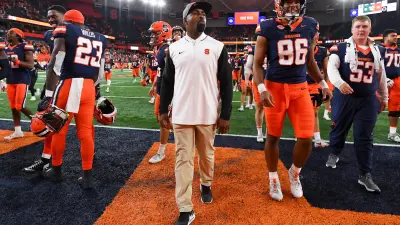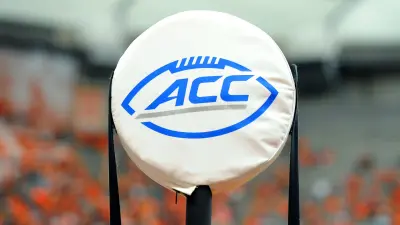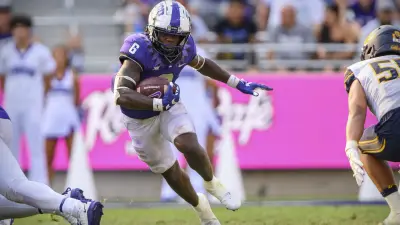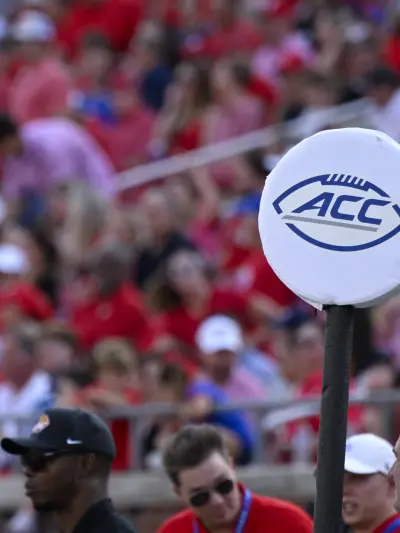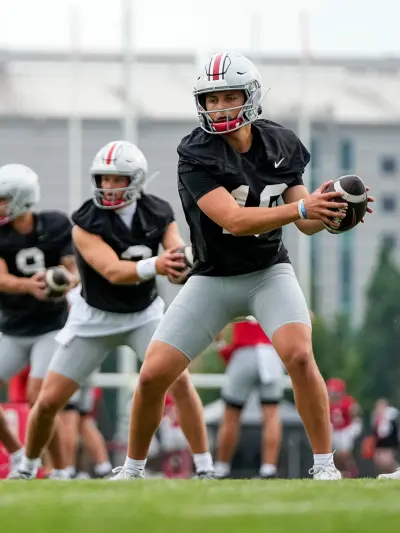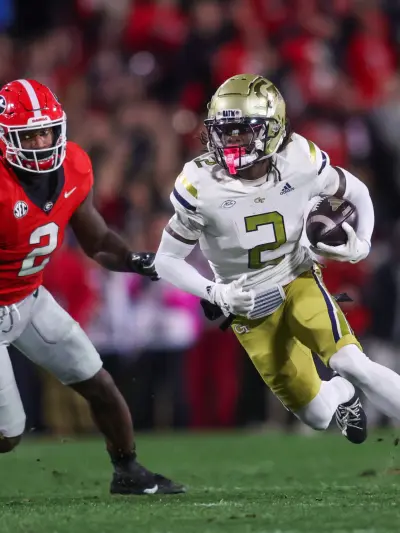By Dorrington Myers
In a previous article, I presented the concept of QBR, what it is, what it measures and how important it can be. Now, I’m taking it a step further by diving into how QBR relates to the DNA of a championship quarterback, specifically during the College Football Playoff era. By using data sets from 2014 to the present, this article will present a qualitative and quantitative look at how QBR highlights the characteristics of a QB during a championship run. You’ve heard the saying, “Numbers don’t lie.” In this case, that might be true. Let’s take a look.
The Highest QBRs by Year (All Conferences)
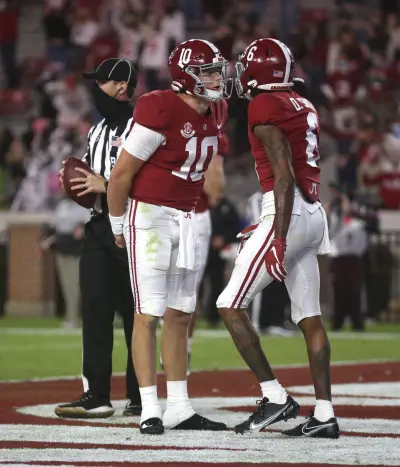
© The Tuscaloosa News-USA TODAY Sports
2014: Marcus Mariota, 91.3
2015: Seth Russell, 88.9
2016: Baker Mayfield, 91.8
2017: Baker Mayfield, 92.3
More Sports News
2018: Kyler Murrary, 95.4
2019: Joe Burrow, 94.9
2020: Mac Jones, 96.1
2021: CJ Stroud, 91.6
2022: Jalon Daniels, 90.0
2023: Jayden Daniels, 95.7
2024: Cam Ward, 88.0
National Championship QBRs
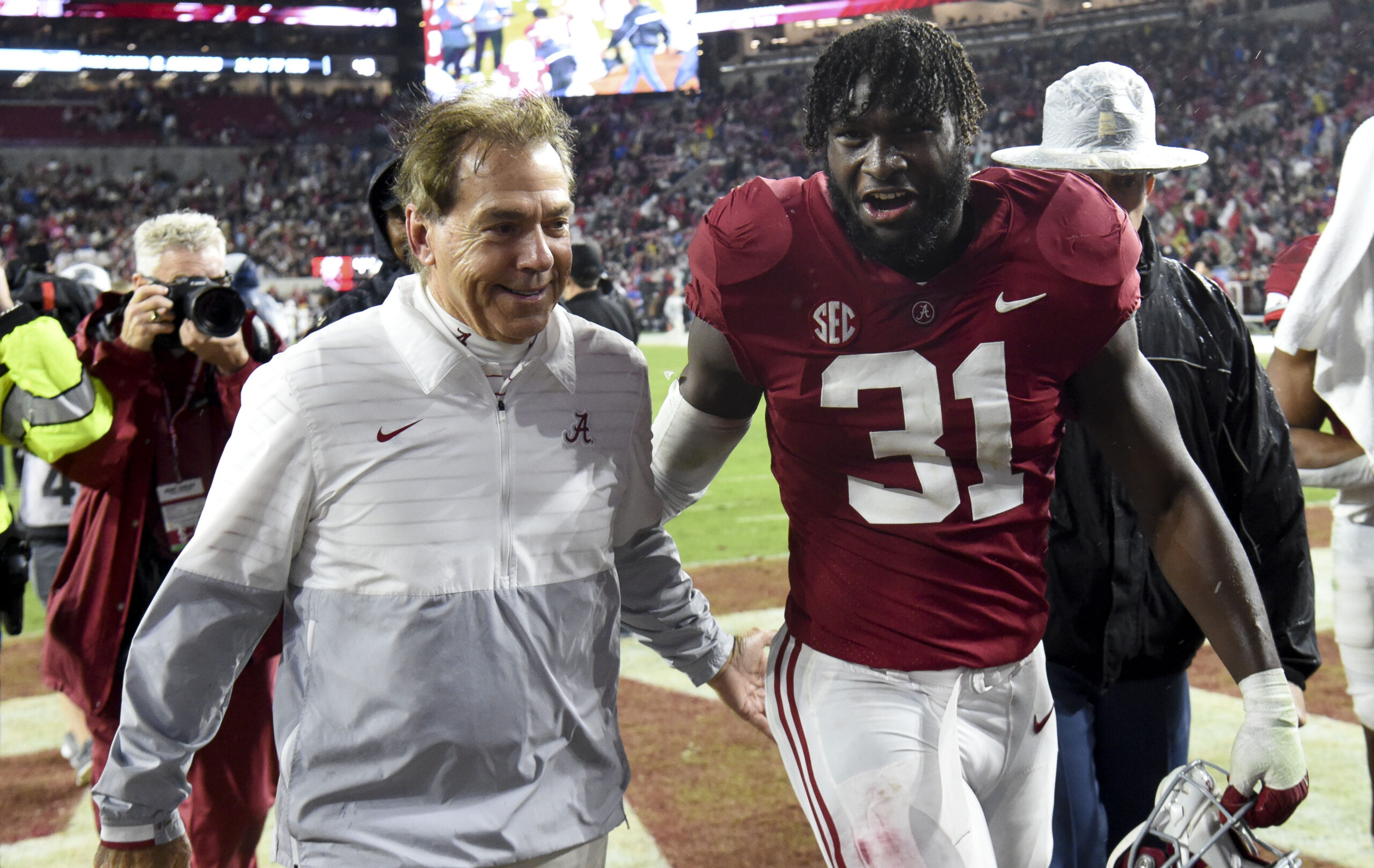
© Gary Cosby Jr.-USA TODAY Sports
2014: Ohio State, 87.1
2015: Alabama, 80.2
2016: Clemson, 85.5
2017: Alabama, 84.1
2018: Clemson, 81.3
2019: LSU, 94.9
2020: Alabama, 96.1
2021: Georgia, 86.7
2022: Georgia, 89.2
2023: Michigan, 89.2
2024: Ohio State, 88.7
What the Numbers Say
1. Performance Wins Championships
Most quarterbacks consistently fell within the Very Good or Elite category, 85 or more. This indicates that these signal callers consistently executed at a high level, being highly efficient, making big time throws, limiting turnovers, possessing some degree of mobility, performing well under pressure, demonstrating high football IQ and making sound decisions with consistency. That last trait, consistent decision making, was the most critical.
2025 National Championship Offensive Player of the Game, Will Howard#CFBPlayoff • #GoBucks pic.twitter.com/OfKT3SLUhi
— College Football Playoff (@CFBPlayoff) January 21, 2025
2. Outliers Prove the Rule
The 2019 LSU Tigers and 2020 Alabama Crimson Tide featured QBRs of 94.9 and 96.1, respectively, among the best performances of the decade. The quarterbacks? Burrow for LSU and Jones for Alabama. These two not only met the standard—they elevated it. Will we see this level of excellence again? Maybe, maybe not. It’s extremely difficult to replicate.
3. Elite QBR Isn’t the End-All, Be-All
While some national champions had quarterbacks whose QBRs didn’t top the national charts, like Alabama in 2015 and Clemson in 2018, none of them fell below the Very Good category. This tells me that to make a significant impact, a quarterback must consistently do a few things well. The key word here is consistency. You don’t have to know it all or be able to do everything, but doing the little things consistently is what separates the winners from the rest.
QBR Ranges and Levels
• 90–100: Elite
• 75–89.9: Very Good
• 60–74.9: Above Average
• 50–59.9: Average
• 40–49.9: Below Average
For perspective (extremely rare), a QBR of:
• 25–59.9 is considered Poor
• 0–24.9 is considered Very Poor
Final Thoughts
QBR isn’t just a statistic, it reflects a quarterback’s overall ability to produce. While scheme, teammates, and coaching play vital roles in success, QBR tells a compelling story about the type of quarterback who leads their team to championships. From Burrow’s legendary 2019 season to Jones’ surgical 2020 campaign, championship QBs often share one thing in common: great efficiency and good decision making, as captured by QBR.






